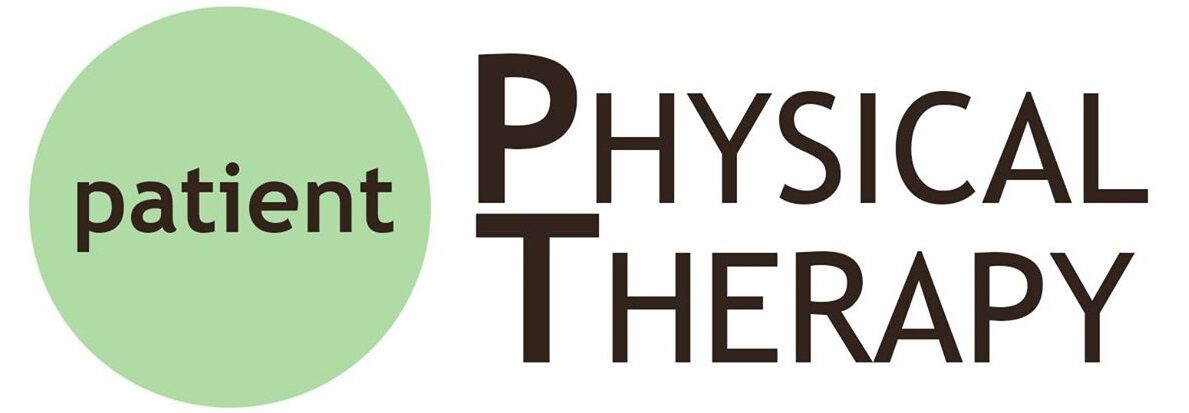What's up with fabric face masks? Should you wear one? Can you make your own? Why are some people saying you shouldn't? How do you put them on?
Skip-To:
- Anatomy of a Surgical Mask 0:26
- Why You Shouldn't Worry About Wearing Fabric Masks 1:17
- Right & Wrong ways to Put it On: 2:05
- Why So Much Controversy? 3:40
- Medical Masks & Filtration Properties 4:35
- Remember to Wash Your Mask 5:24
- Why wear THIS mask? 6:00
Bottom Line:
- Universal mask-wearing is the closest thing we have to a vaccine for COVID-19. If we all wear masks, we are all safer.
- Keep your mask CLEAN, and keep it TO YOURSELF.
- If washed regularly and worn properly, fabric masks DO help prevent the spread of viruses and offer protection during unavoidable periods of increased exposure (trips to the grocery store, care-giving, care-receiving, etc)
- There are a lot of different ways to make masks and almost all household fabrics block at least 50% of airborne fine particulates (like germs!)
- Masks made with non-woven melt blown microfiber fabrics such as sew-in non-fusible garment interfacing DO NOT REQUIRE the addition of disposable filtration materials (i.e. tissue, paper towels, toilet paper) which are in short supply, to provide a barrier.
- Breath-ability matters more than perfect filtration, so don't make your mask too thick or too many layers! If you can't breathe easily you will take it off, adjust it constantly, or air will escape and enter from the sides instead of through the mask.
Want more information? Check out the sources listed below and read this related blog post: https://patientphysicaltherapy.com/update-protecting-patient-pt-our-community-from-covid-19/
Or, visit my page for Bloomington Mask Drive, the whole-community effort that I co-founded with Bloomington Quilters Guild member Nola Hartman a few days after recording this video.
Sources Consulted:
Layperson:
https://mustsharenews.com/cloth-face-mask/
https://www.nytimes.com/2020/03/17/opinion/coronavirus-face-masks.html

1 thought on “Medical Myths & Mysteries: Fabric Face Masks”
Comments are closed.